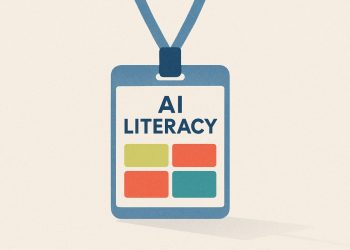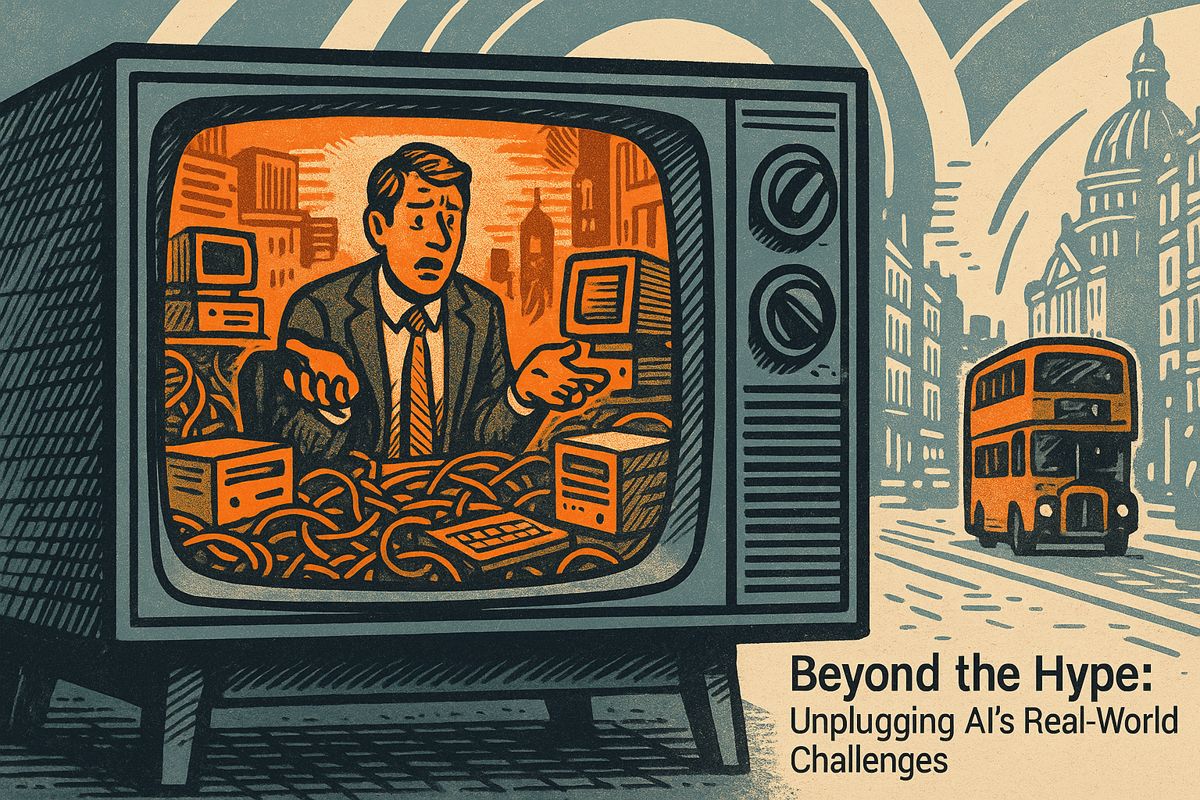AI tools are now writing more than half of the code shipped by many senior developers, but trust in this code has fallen sharply. Teams get work done faster with AI, but they also spend much more time fixing bugs, fixing security flaws, and cleaning up repeated code. Developers do not feel safe relying on AI code without strict human checks and careful reviews. To keep quality high, teams have added new safety steps, like more reviews, extra tests, and special training on how to talk to AI. Today, AI feels like a fast but clumsy helper, needing close watch from experienced coders every step of the way.
What is the main challenge senior developers face with AI-generated code in 2025?
Senior developers increasingly rely on AI-generated code – over 50% use it for the majority of production work – but trust in AI output has collapsed. Teams ship faster, yet spend more time fixing bugs, security issues, and duplicated code, requiring strict human review and automated checks to maintain quality.
A new survey of 791 senior developers reveals that AI-generated code is no longer a fringe experiment – it’s a core production ingredient. Yet the same data confirms that trust in AI output has collapsed, creating a paradox where teams ship faster while spending more time fixing what the machines write.
Adoption snapshot: one-third now ship majority AI code
- 34% of senior developers report that over 50% of the code they release is produced by large-language models
- *2.5× * the adoption rate of junior developers (13%)
- 59% of seniors say AI helps them ship faster, but 30%* * admit the editing effort cancels most of the time savings**
The figures come from the same Fastly analysis that also highlighted how seniors are most likely to review and correct AI output line-by-line.
Why trust is evaporating
| Source of concern | Developer response rate |
|---|---|
| AI hallucinations | 67% spend more time debugging |
| Security vulnerabilities | 68% spend more time fixing security issues |
| Code duplication | 8× increase in duplicated blocks with 5+ lines since 2024 |
| Refactoring decline | 39.9% drop in refactoring frequency in large-scale GitClear study |
These findings mirror the 2025 Stack Overflow Developer Survey, where only 2.6% of seniors express “high trust” in AI-generated code, down from optimistic peaks in 2023.
How teams are coping today
Instead of banning the tools, mature teams are institutionalizing guardrails:
- Mandatory human review – every AI diff is treated like a junior pull request
- Expanded test suites – automatic checks plus targeted manual tests for AI modules
- Prompt engineering training – sessions on writing unambiguous prompts to reduce hallucinations
- Static-analysis gates – SonarQube Enterprise and Veracode are now default in many CI pipelines to catch duplicated or insecure patterns before merge
Future-proof checklist (2025 action items)
- Week 1: Add an AI-output linter to your CI pipeline
- Week 2: Require a second human signature for any AI-generated module touching critical paths
- Month 1: Schedule a brown-bag on prompt engineering – teams that invest 4 hours see 31% fewer hallucinations in follow-up sprints
- Quarter 1: Establish an internal registry of AI-generated components; treat it like any third-party dependency
The verdict from the field is simple: AI is the new intern who types fast but still needs a senior watching every keystroke. Until verification tools mature, oversight is non-negotiable.
How widespread is AI-generated code in senior developers’ workflows today?
One-third of senior developers now ship more than 50 % AI-generated code, according to a Fastly survey of 791 respondents. This is 2.5× higher than junior developers (13 %) and shows that experience no longer correlates with skepticism about AI tools. The same survey found that 59 % of seniors say AI helps them ship faster, yet 30 % also admit they spend so much time editing the output that the time savings almost disappear.
What are the biggest quality risks when using AI to write code?
- Code duplication exploded eightfold in 2024 (GitClear study of 211 M lines).
- Refactoring dropped by 39.9 %, a red flag for long-term maintainability.
- AI hallucinations – plausible but wrong snippets – remain the top worry for 46 % of developers who say they do not trust AI-generated code. Only 2.6 % of seniors report “high trust” in the output.
How are leading teams mitigating these risks without slowing delivery?
A rough industry consensus has formed around four practices:
- Mandatory human review – every AI suggestion is treated like a junior’s pull request.
- Layered testing – unit tests, integration tests, and AI-output specific regression tests are added up-front.
- Static analysis gates – tools such as SonarQube Enterprise or Veracode run automatically on CI to flag duplication, security flaws, and style drift.
- Pair-programming with AI – seniors keep creative control while delegating boilerplate, guided by prompts they craft and refine.
Are enterprise-grade verification tools ready for 2025–2026?
Yes. 49 % of enterprises have used AI code-review tools for over a year, moving past pilot mode. Mature platforms now offer SHAP/LIME explainability dashboards, SBOM generation, and policy gates that block merges if duplication or vulnerability thresholds are exceeded. These guardrails let teams reap the 25 % velocity gain that IBM watsonx users report without accepting unknown risk.
What new skills should developers add today to stay relevant?
- Prompt engineering – the ability to phrase requirements so the model produces reusable, idiomatic code.
- AI-output forensics – quickly spotting hallucinations, security anti-patterns, or licensing issues.
- Refactoring at scale – using AI itself (e.g., Claude Code) to clean technical debt, split large diffs, and shrink Docker images by up to 50 %.
Bottom line: adopt the tools, but add the verification layer today – it is the cheapest insurance against tomorrow’s technical debt and security headlines.



















